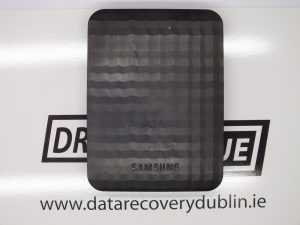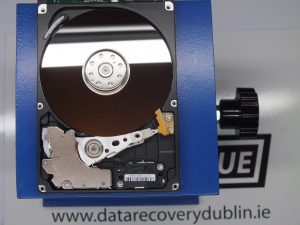
Friction has always been a problem in technology. Ancient Egyptian art depicts workers dragging sleds carrying stone over the ground with workers pouring water on its track. Some of the world’s greatest thinkers from Leonardo de Vinci to Sir Isaac Newton have all pondered on the friction problem.
In September 1964 Hans Peter Jost a German-born engineer living in the United Kingdom attended a steel industry conference in Cardiff. Speaker after speaker from the United Kingdom, Germany, Italy and the United States all talked about failed and broken steel mill equipment and its cost to the industry. In almost every case of equipment failure, the common denominator was friction. At the time, the friction issue gained so much salience, the UK government commissioned Jost to write a report on it. The Jost Report appeared in March 1966 and highlighted the huge savings industry could make if enough attention was paid to reducing the forces of friction in industrial plant and equipment. Jost’s report was to be the catalyst for the whole new study of Tribology – the science of interacting surfaces in relative motion.
Sixty-one years on from the Jost Report and the powers of friction are still in force albeit to a much lesser extent. Thanks to CAD, engineering designs have become more streamlined, wear-and-tear can be simulated more accurately and lubrication techniques have advanced. Scientists are now researching materials such as graphene with super-lubricity which has the potential for extreme low-friction applications.
But for the time being friction still exists and still presents a problem. The mechanical hard drive demonstrates a classic example of this. To put in context, the average mechanical hard disk has platters (on which data is stored) which spin at 5200rpm or 7200rpm. Moving just above the platters is an actuator arm, which has a slider (or several depending on disk size) on its tip. Mounted on the slider are the read/write heads. They float just above the surface of the platters on what is known as an air-bearing. The distance between the heads and platter surface can be as small as 5 nanometers. In theory, the drive heads should never touch platters, but this can happen due to “asperity events”. These can arise due to imperfections on the thin film coating of the platters. Commonly, for a hard disk asperity events take the form of thermal asperities where the delicate drive heads make contact with the platters producing a higher-than-normal voltage. The increased voltage leads to a “blocking temperature” between the platter surface and heads, which eventually leads to read/write fails.
Friction has been a problem for disk manufacturers since the RAMAC disk of 1956 and several innovations have been introduced to mitigate its effects. Ball-bearings used in the spindle mechanism which often led to non-repeatable run-out errors and were noisy have now been replaced by fluid dynamic bearings. To minimise friction between read/write heads and the platter surface there have been innovations also. For example, U-shaped slider rails have been introduced, but these have had limited success. Some disk manufacturers have introduced error-correcting software to “balance out” signal errors caused by asperities. In other cases, manufacturers use “thermal fly height” control software so the drive heads operate within specific pre-programmed parameters. Another approach has been to introduce special thermal asperity circuits in the disk’s firmware or to add a high-pass filter. The latter being unsuitable for disks using perpendicular magnetic recording as a DC component is used. More recently manufacturers like Western Digital and Seagate have injected helium into the main chamber of the drive to reduce the air friction caused by fast spinning platters.

This week we were recovering data from a Samsung M3 drive which perfectly demonstrated the effects of friction on mechanical storage. The drive was a Samsung M3 external USB drive belonging to a Dublin architect. Upon removing the plastic shell we found a Samsung-branded Momentus drive model ST500LM014 having a capacity of 500GB. Heads #2 and #3 were unable to read data

Under our microscope we found both these heads to be touching the surface of the platter. This was causing the heads to heat-up and block the read/write signals. Upon further investigation, the Femto slider on which they were mounted looked out of alignment with the other heads. This was probably the result of shock damage

We had an exact match head disk assembly already in stock which we used as a donor. In our clean room, the old HDA was removed and the donor HDA fitted. The drive imaged completely and the HFS+ (Apple) volume mounted successfully. All the client’s SketchUp files (.dwg and .dxf) were recovered along with some raw photos (.cr2) taken with a Canon SLR digital camera.
Drive Rescue Data Recovery is based in Dublin, Ireland. If you need data recovery from a Samsung M3 (HX-M500TCB/G) external hard drive or other external storage device such as WD Elements, WD Passport or Seagate Expansion Portable – we can help. You can contact us on 1890 571 571 www.datarecoverydublin.ie

